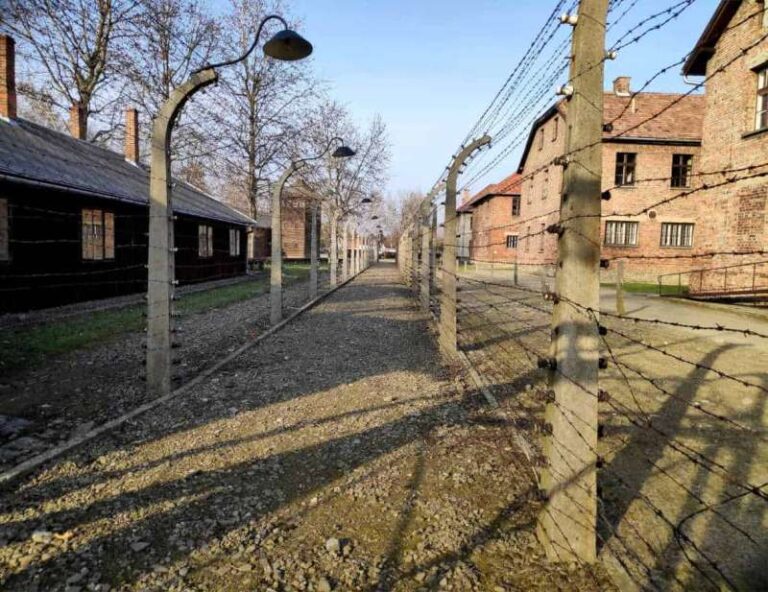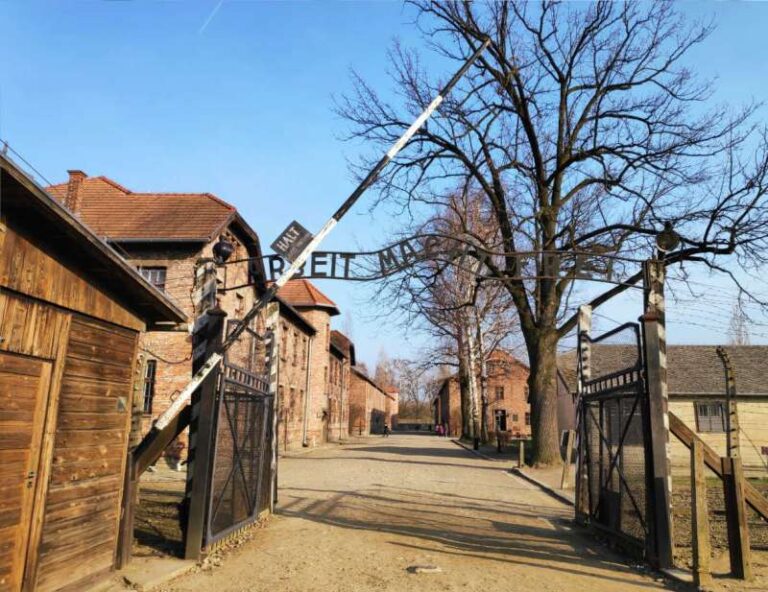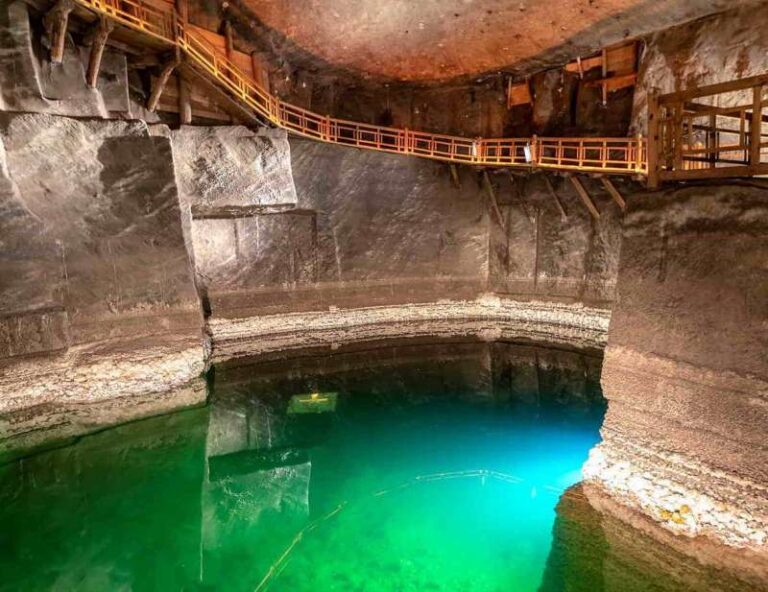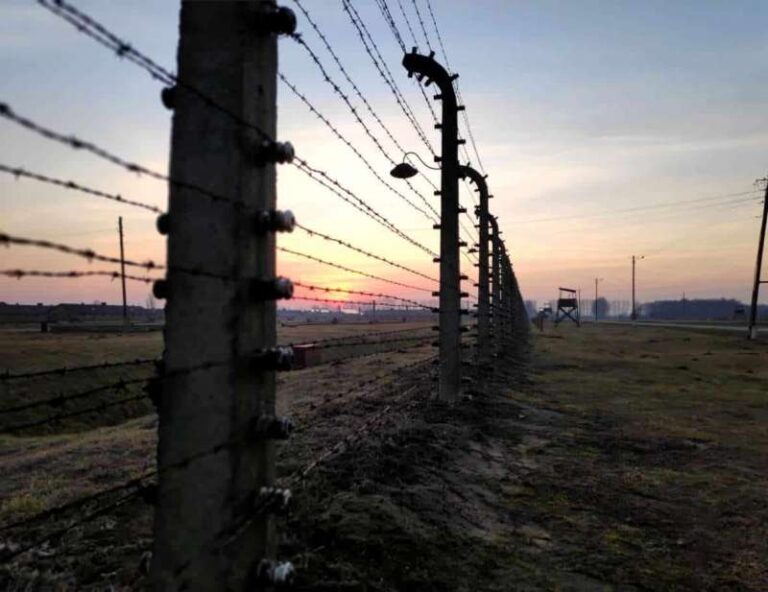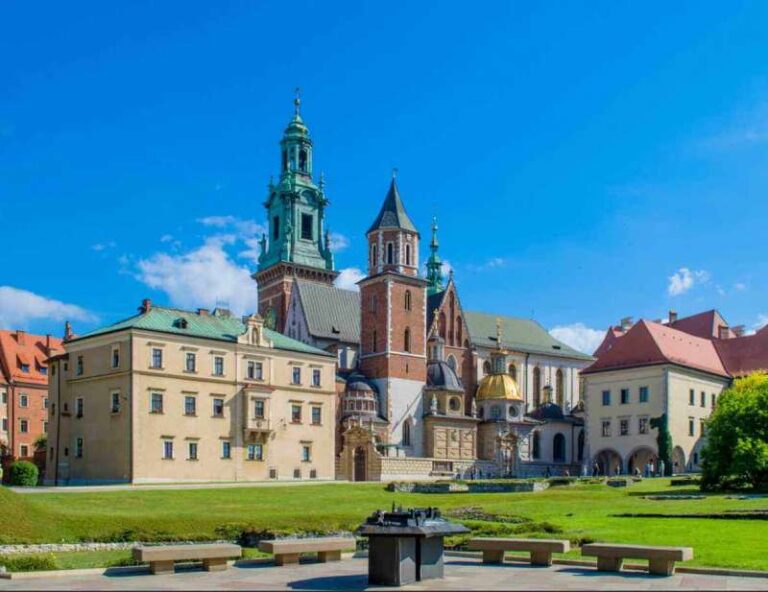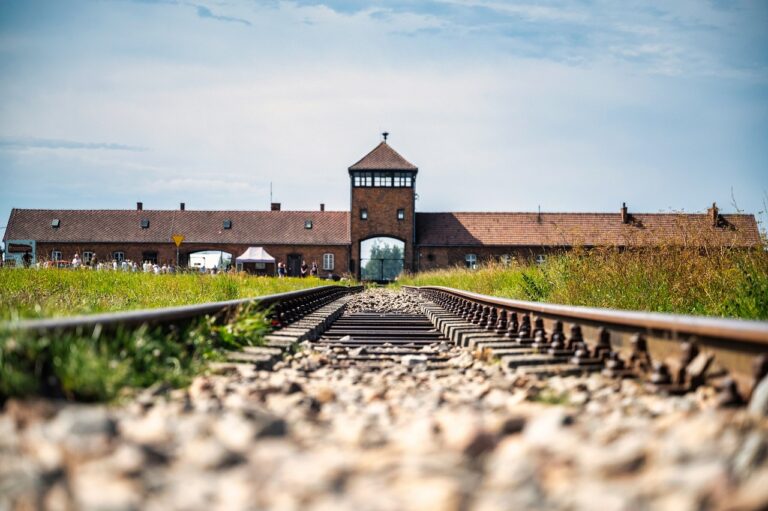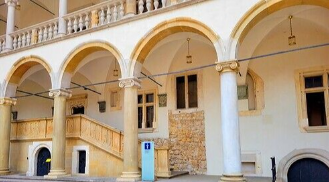Krakow is undoubtedly one of the most popular cities among tourists. Most people who have been or intend to come to this city associate it mainly with the Old Town or Wawel Castle. But did you know that Krakow is famous for several mounds from which you can see a wonderful panorama? There are legends or important historical events for Poles associated with them. Want to know more? Follow me!
- KOŚCIUSZKO MOUND
- KRAKUS MOUND
- WANDA MOUND
- INDEPENDENCE MOUND (also called Piłsudski Mound)
Tadeusz Kościuszko Mound
One of the most popular mounds in Krakow. Residents of Kraków made it in 1823 as a tribute to Tadeusz Kościuszko. Military commander who became a national hero in Poland, Lithuania, Belarus and the United States. Public opinion demanded the erection of a monument commemorating the Leader, starting a fundraiser for this purpose.

However, it was not possible to decide what kind of celebration would be appropriate. Ultimately, it was decided to erect the mound in the shape of the Krakus and Wanda mounds which existed in Krakow almost from the beginning. The construction of the mound began October 16, 1820. Currently the mound is open to the public. You can also visit the Kościuszko Museum.
Krakus Mound
One of the oldest mounds in Krakow is Krakus Mound. The creators, the time of creation and purpose of this mound are unknown, although there are various theories on this subject. Legend has it that its erection is related to the person of Krak, the legendary founder of the city of Krakow.

According to the custom he was buried at the top of the hill, and his two sons, doing his will, erected a mound as an eternal memorial. The conducted research revealed several theories about its origin. Currently, the Krakus Mound is a destination for many walks and is rather recreational. It is worth going to the very top of the mound to admire the breathtaking panorama of Krakow.
Wanda Mound
Wanda Mound is located in the Nowa Huta district in Krakow. It is another mound shrouded in legend, probably built around the 7th – 8th centuries. According to legend, it is the tomb of Prince Krak’s daughter, Wanda, whose body was fished from the nearby Vistula River.

The mound is topped with a marble monument designed by Polish painter Jan Matejko, decorated with a distaff crossed with a sword and the inscription “Wanda”. While standing on the Wanda Mound on November 4 or February 6, we will see the setting sun right over the Krakus Mound, while standing on the Krakus Mound on May 2 or August 10, we will see the sun rising over the Wanda Mound. These are the approximate dates of the Slavic – pagan feasts of Forefathers’ Eve (autumn and spring).
Independence Mound (Piłsudski Mound)
The Józef Piłsudski Mound, also known as the Independence Mound, is the largest and most difficult to access mound in Poland. In 1934, the Association of Polish Legionnaires approved the idea of building a mound-monument to the nation’s fight for independence. After the death of Marshal Józef Piłsudski (who is an important figure for Poles), it was decided to name the mound after him. Construction was completed on July 9, 1937.

The mound contained soil from all the battlefields of World War I, where Poles fought. In 1941, the German Governor General Hans Frank ordered the mound to be razed, but was not completed. It can therefore be said that this mound commemorates the figure of Józef Piłsudski, Poland regained independence in 1918 after 123 years of partitions, and heroic efforts to maintain it in the 20th century. Around the mound there is the largest clearing of the Wolski Forest – Polana na Sowiniec with benches, shelters and a playground for children.
Certainly, the mounds are definitely worth seeing. Each of them has a different story or legends. Each of them was also created at a different time. Some are very old and still keep secrets, others are newer and related to history.







